Affiliate links on Android Authority may earn us a commission. Learn more.
New drone? Things to know before you fly
October 24, 2018
It’s exciting to fly your first drone. Maybe you have a smaller toy, or you’ve been saving up to buy that DJI Mavic 2 Pro, or an even more powerful drone. No matter what you are about to fly, there are rules you need to follow.
One of the most important things to know before you fly is you have to register your drone with the FAA before taking off!
We strive not only to share the very best drones with you over on Drone Rush, but also want you flying longer and safer. Today let’s quickly run down some of the most important drone laws you need to be aware of. Some of the stuff you’ll see today:
- Register your drone with the FAA
- The FAA drone rules
- Common mistakes to avoid
- The FAA’s NoDroneZone
- Will you make money? (Including YouTube video monetization.)
- How to fly, and how do drones work?
This is a short list of drone laws and safety tips, please visit Drone Rush to learn more.
Register your drone with the FAA before you fly
I say again: Register before you fly.
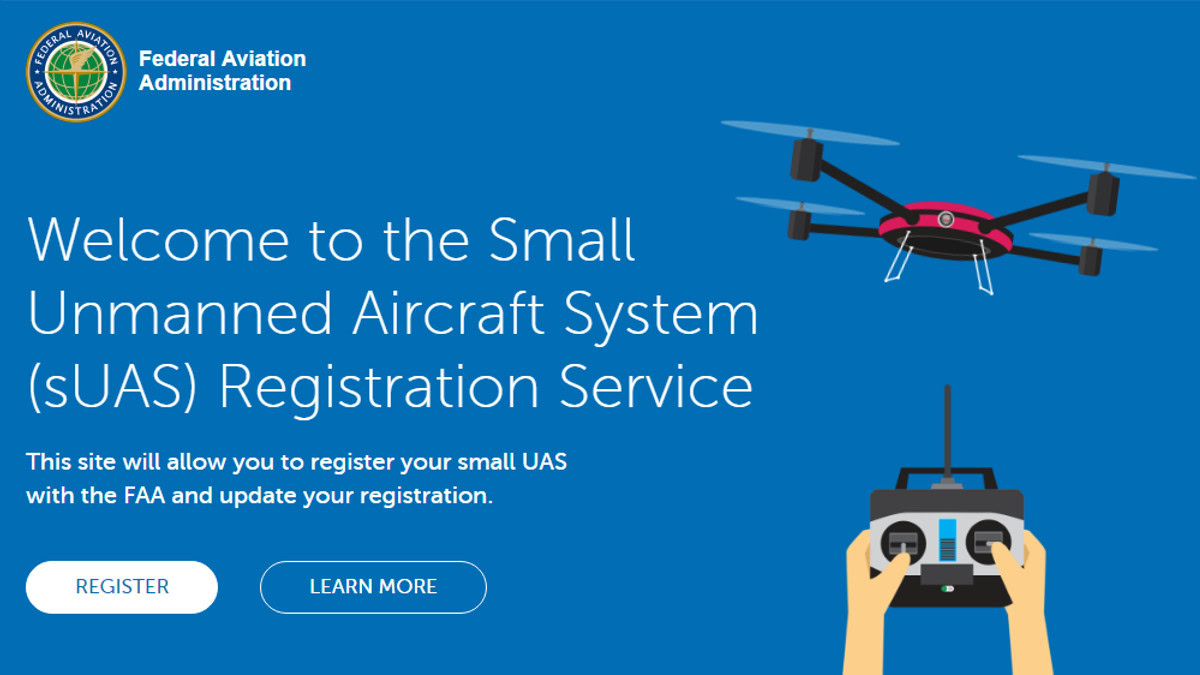
If you are flying for fun — you are not being paid to fly and will not be compensated for what you capture from the sky — you still need to register. The FAA refers to hobby flight rules in Section 336.
Hobby-class registration is more for you than for your drone. It costs $5 to register, the FAA assigns you an identification number and you affix that number to all of your drones. This registration is valid for three years.
If you plan to fly for pay, there are extra steps below, but you should still also get your hobby registration.
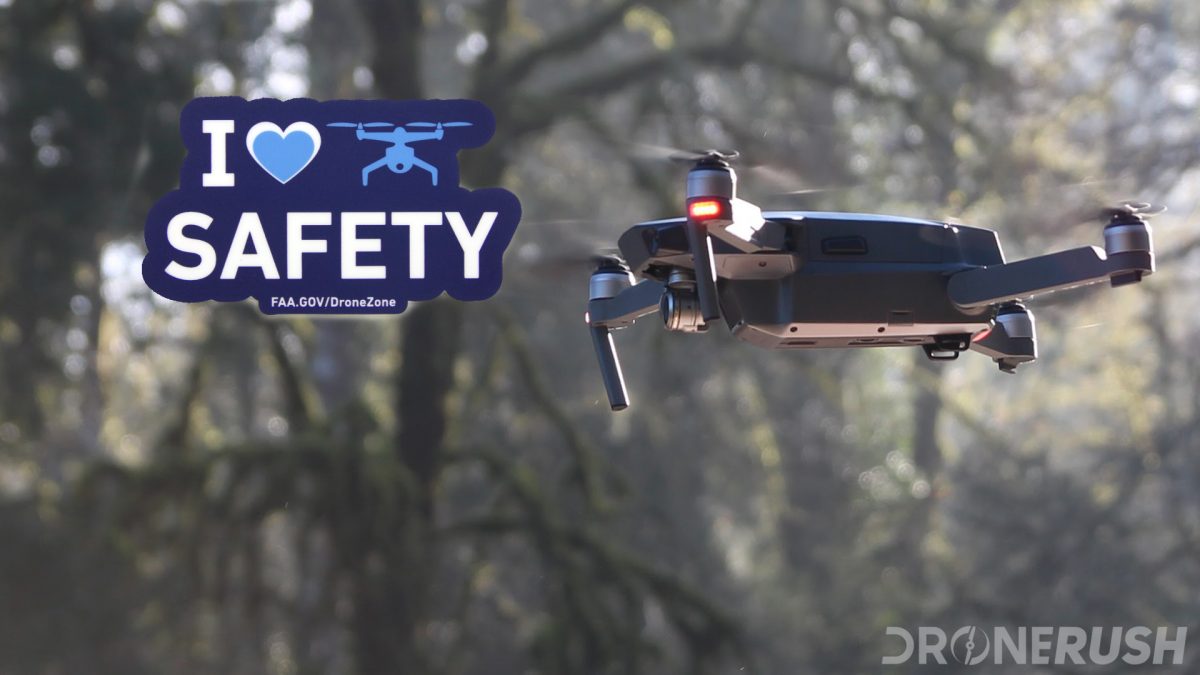
Basic drone guidelines in the United States
- Fly at or below 400 feet above the ground.
- Always fly within line of sight. If you can’t see it, bring it in.
- Stay away from airports.
- Stay away from airplanes — they have the right of way in the air.
- Do not fly over people.
- Do not fly over or close to sports events or stadiums.
- Do not fly near emergency situations such as car crashes or building fires.
- Do not fly under the influence.
- Be aware of controlled airspace — use the B4UFly app.
The short version of the controlled airspace situation is that you cannot fly within 5 miles of an airport, at least not without first calling in to inform your intent to the local air traffic controller for where and when you will be flying. The FAA has a list of no-fly-zone areas to help you stay safe and legal.
If you are flying for pay, or any other form of compensation, you must operate under a different set of rules and possess a commercial drone license. We call it the Part 107 license. It’s not too hard to get, but it will take some time to learn all the rules. If you want to learn the rules and get your commercial license, check out our drone pilot training material.
Also read: Drone Pilot Training | Drone starter guide | Drone Manufacturers
Bottom line, you cannot just go outside and fly wherever you wish, unfortunately. The rules are fairly easy to follow — just think about safety and hopefully the rules won’t deter you.
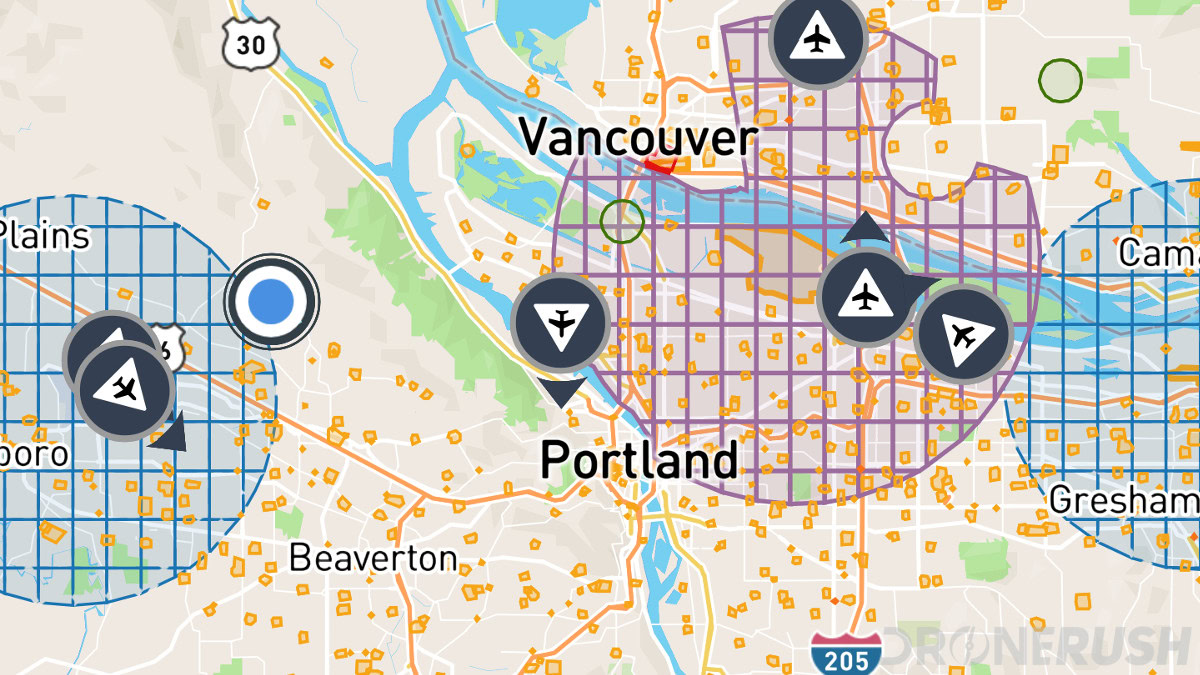
Common mistakes to avoid
We’re proud of all we’ve learned about flying drones, but we still learned some lessons the hard way. We’re not saying you won’t get to enjoy some of these flight situations, but it’s important to handle them safely.
For the full list and explanation of these mistakes and how to avoid them, please visit our common drone mistakes article on Drone Rush.
Be patient – Windy day? Night time? Do the right thing and wait until conditions are safe.
Hidden obstacles – Most obstacles are obvious, but what about that hidden branch or powerline? Also, where might your drone go if you lose control?
Controller connection – Your remote control has a maximum operating range, fly past this point and your drone is no longer in your control.
Prop wash – I’m not talking about cleaning. This is when you are flying close enough to the ground that the air from the propellers bounces off the ground and can flip your drone.
Wind and air temperatures – Be prepared for unexpected wind gusts and thermals as you approach buildings and cliffs, and fly over varying surfaces.
Start small – You will crash. You will learn a lot from your first big crash. Would you like to crash a $30 toy or a $1500 flying camera?
Update software at home – Before you leave the house, check for software updates to your drone. Some updates can be too large for your mobile data limits, and prevent your drone from taking off until updated.
Batteries die – Flying drones is fun — you won’t want to stop. However, don’t ignore low battery warnings. Landing safely is your responsibility, and ensures you don’t have to hunt in the bush for your lost drone.
Do not rely on AI – Self-piloting and autonomous flight features can be fun, but please get to know how to manually fly your craft in case the AI stops working.
Look at the sun – Rather, do not look at the sun. In general, plan your flight to avoid losing sight of your drone.
These were just some of the mistakes we made in our first few flights. You will encounter most of these with your drone, I hope they don’t surprise you now.
The FAA’s NoDroneZone
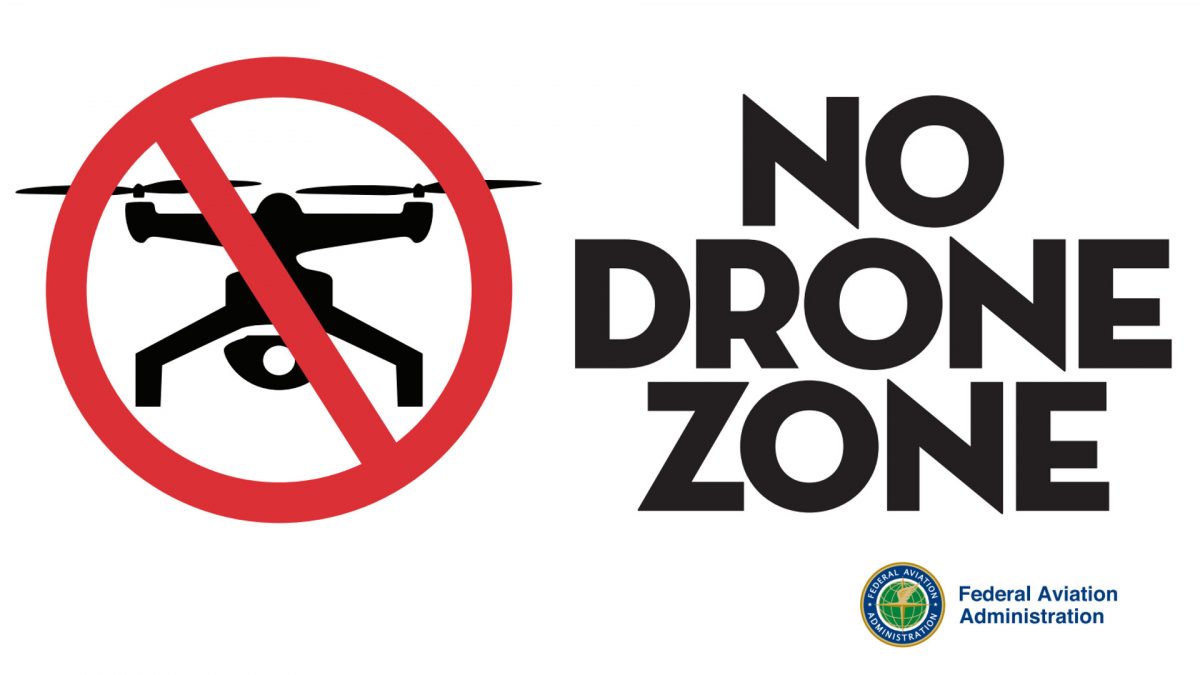
There are more resources out there to tell you where you can’t fly than there are resources to figure out where to fly. The FAA focuses on the former of the two. Aside from the B4UFly app, the FAA has a list of places to avoid:
Read: FAA NoDroneZone: Common no-fly zones for drones in the U.S.
Will you make money? (Including YouTube monetization)
The FAA has a simple rule, if you will receive compensation in any form for your flight or the photos or video you capture from the sky, it was a commercial operation. To legally accept payment for drone tasks, you need to be certified by the FAA (the Part 107 license we mentioned above).
Want to make money with your drone? Become a certified drone pilot.
Officially, you will need to pass the test to acquire your FAA Remote Pilot Certificate with sUAS rating. That’s your drone pilot license.
Once you have your license, you’ll then need to pay $5 per drone to register each machine with the FAA. You will receive a unique tail number for each craft, which must be affixed before flight.
In that process you will learn some of the tracking and authorization tasks you’ll need to perform for each flight. It may be more paperwork to fly, but in many areas you’ll find it much easier to fly legally.
Remember, your hobby license is very strict within 5 miles of any airport. Commercial drone operations are based on airspace designations, which can be less restrictive. Thanks to LAANC and companies like AirMap, you can receive near-instant clearance to fly where hobby pilots may not.
Bottom line, you need your Part 107 license before you can fly for pay. We can help you get that license with info and a partnership with Drone Pilot Ground School.

How to fly, and how do drones work?
Last, and certainly not least, it’s important to learn how your drone works. Learning to push the right buttons is one thing, but knowing the difference between propeller types, why cold air is better than warm air, and many other factors in the science of flight is important.
Check out our Science of Flight series for more.
Fly safe, have fun
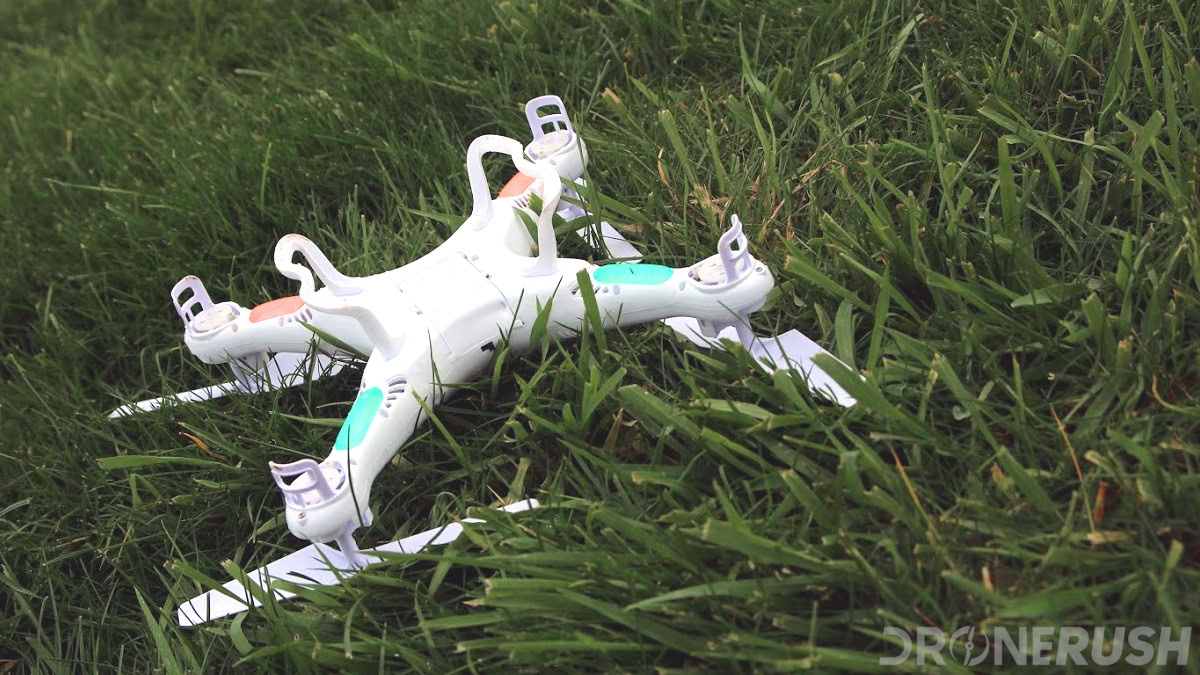
At the end of the day, safety is key to a fun and successful flight. Racing drones are a bit of another story, but if you want to capture those awesome photos and video from the sky, a smooth and stable flight is what you are looking for.
Practice makes perfect when it comes to flying. Remember to be patient, your skills will grow, the sun will come out and you will, eventually, get that perfect shot from the sky.
What’s next?
We’ve got all the best drones here, or check out our master Drone Rush drones list!
Don’t miss: Drone Pilot Training | Drone starter guide | Drone Manufacturers
